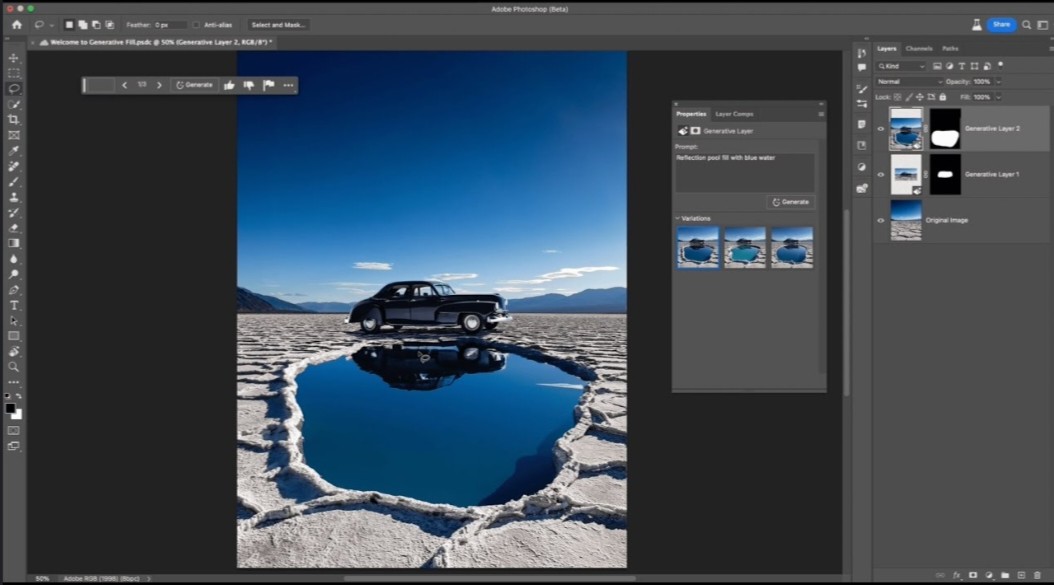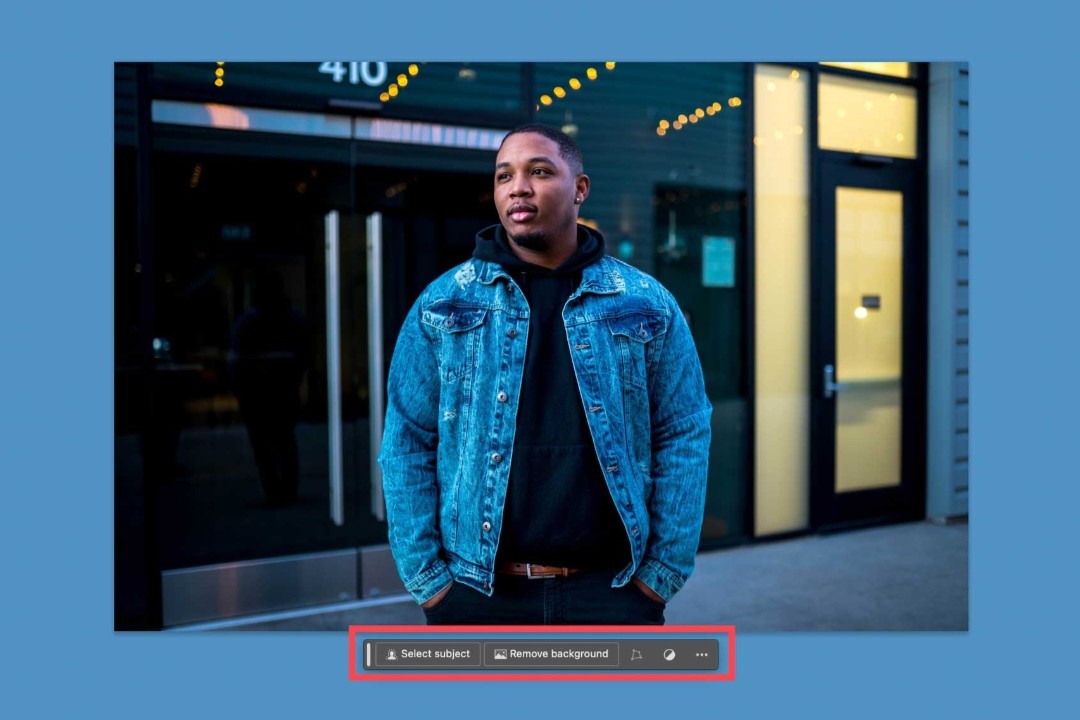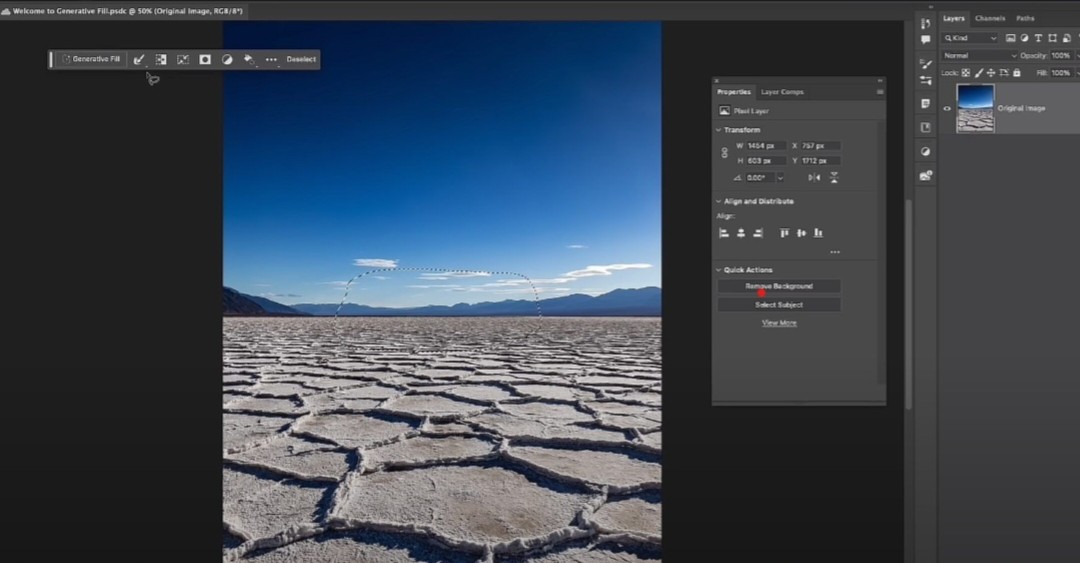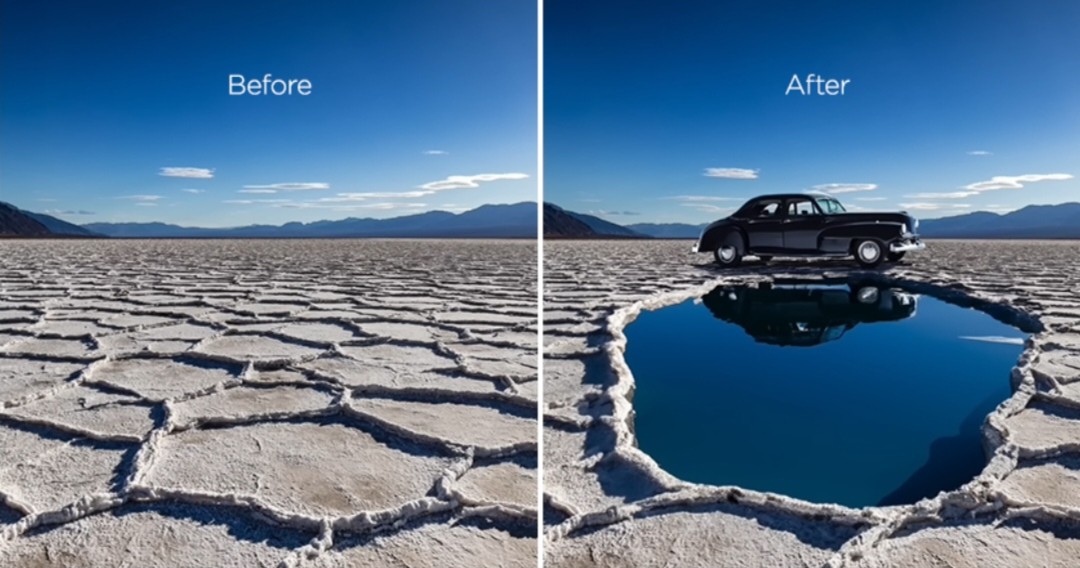How to Use Photoshop AI Generative Fill
Photoshop AI Generative Fill is a powerful tool that can help users quickly and easily fill in missing or damaged areas in their images. To use this feature, first select the area you want to fill in using the lasso tool or any other selection tool. Then, go to the Edit menu and choose Fill. In the Fill dialog box, select Content-Aware from the Use dropdown menu.
This will tell Photoshop to use the AI Generative Fill algorithm to fill in the selected area. You can adjust the settings in the dialog box to control how the fill is generated, including options for color adaptation, rotation, and scale. Once you are satisfied with the preview of the fill, click OK to apply it to the image.
AI Generative Fill can be a great time-saving tool for retouching images and fixing imperfections, but it’s important to remember that it may not always produce perfect results. It’s always a good idea to review the fill and make any necessary adjustments manually to ensure that the final image looks its best.

Introduction to Photoshop AI Generative Fill
Photoshop AI Generative Fill is a powerful new feature that allows users to easily and quickly fill in areas of an image with realistic and seamless results. This feature uses artificial intelligence algorithms to analyze the surrounding pixels and generate new content to fill in the selected area. This can be incredibly useful for retouching photos, removing unwanted objects, or even creating completely new elements within an image.
The AI Generative Fill tool has the ability to understand the context of the image and generate content that fits in seamlessly with the rest of the composition. This can save users a significant amount of time and effort compared to traditional methods of manually cloning and healing areas of an image. Additionally, the AI Generative Fill feature in Photoshop is constantly learning and improving, so users can expect even better results as the technology continues to evolve.
Overall, Photoshop AI Generative Fill is a game-changing tool that opens up a world of creative possibilities for artists, designers, and photographers. Whether you’re looking to enhance your photos or create unique digital art, this feature is sure to revolutionize the way you work in Photoshop.
Setting Up Your Workspace
Setting up your workspace is crucial for optimizing productivity and efficiency. By organizing your desk and surroundings in a way that promotes focus and clarity, you can enhance your ability to tackle tasks and meet deadlines. Start by choosing a quiet and well-lit area to work in, free from distractions and noise. Make sure your desk is clutter-free and equipped with all the necessary tools and supplies you need to complete your work effectively.
Consider adding some personal touches, such as plants or photos, to create a comfortable and inspiring environment. It’s also important to set up your digital workspace by organizing your computer desktop and creating folders for easy access to files.
By taking the time to set up your workspace in a way that suits your needs and preferences, you can create a positive and productive atmosphere that will help you accomplish your goals with ease. Remember, a well-organized workspace is key to staying focused and motivated throughout the day.

Selecting the Area for Generative Fill
When selecting the area for generative fill, it is important to consider a variety of factors to ensure the best outcome. One key consideration is the environmental impact of the chosen location. Selecting a site that is already disturbed or degraded can help minimize the impact on natural habitats and ecosystems.
Additionally, choosing a site that is close to the source of the fill material can reduce transportation costs and emissions. Another important factor to consider is the stability of the area. Selecting a site that is geologically stable can help prevent issues such as erosion or landslides. It is also important to consider the long-term impacts of generative fill on the surrounding area.
Choosing a site that is well-suited for generative fill can help ensure that the project is successful and sustainable in the long run. Overall, careful consideration of these factors can help ensure that the area chosen for generative fill is the best possible option for the project.
Accessing the Generative Fill Tool
Accessing the Generative Fill Tool is a feature that many users find useful for creating patterns and designs in various design software. This tool allows users to quickly and easily generate fills that can be customized to suit their needs. By using this tool, designers can save time and effort by automating the process of creating intricate patterns and designs.
The Generative Fill Tool is a valuable resource for artists, architects, and designers looking to add unique and visually appealing elements to their work. With just a few clicks, users can access a wide range of options for creating fills that can be adjusted and modified to achieve the desired effect.
This tool provides a convenient way for users to experiment with different patterns and designs, helping them to unleash their creativity and produce stunning results. Overall, accessing the Generative Fill Tool is a valuable tool for anyone looking to enhance their designs and add a touch of flair to their work.

Configuring Generative Fill Settings
Configuring generative fill settings is an essential aspect of using 3D printing software effectively. Generative fill settings allow users to control the density and structure of the internal infill of a printed object, which can greatly impact the strength, weight, and overall quality of the final product.
By adjusting parameters such as infill percentage, pattern type, and density, users can optimize their prints for specific applications and desired outcomes. For example, increasing the infill percentage can make an object stronger and more durable, while reducing it can save material and time. Choosing the right infill pattern, such as honeycomb or grid, can also affect the structural integrity and flexibility of the printed object.
Additionally, adjusting the infill density can further customize the print to meet specific requirements, such as weight reduction or increased stability. Overall, configuring generative fill settings allows users to fine-tune their prints to achieve the desired balance of strength, weight, and quality, resulting in more efficient and effective 3D printed objects. By understanding how to manipulate these settings, users can unlock the full potential of their 3D printing software and produce high-quality prints tailored to their unique needs and preferences.
Applying the Generative Fill
The concept of applying the generative fill involves utilizing a creative approach to problem-solving and decision-making. By thinking outside of the box and exploring innovative solutions, individuals can generate new ideas and possibilities for addressing challenges and achieving goals. This process often involves considering multiple perspectives, brainstorming different options, and experimenting with various strategies to determine the most effective course of action.
The generative fill approach encourages individuals to tap into their creativity, intuition, and imagination in order to generate fresh insights and solutions. By embracing this approach, individuals can unlock their full potential and make meaningful contributions to their personal and professional lives. The generative fill method empowers individuals to break free from conventional thinking patterns and embrace a more open-minded and innovative mindset.
This can lead to breakthroughs in problem-solving, decision-making, and creativity, allowing individuals to achieve greater success and fulfillment in their endeavors. Ultimately, the generative fill approach can lead to a more dynamic and vibrant way of approaching challenges and opportunities, enabling individuals to unleash their full creative potential and achieve their goals with confidence and enthusiasm.
Refining and Adjusting the Generated Content
Generating content is a key component of any successful marketing strategy. However, it is important to remember that not all content is created equal. In order to truly make an impact and engage with your audience, it is essential to refine and adjust the content that is being generated.
This process involves carefully reviewing the content that has been created and making necessary adjustments to ensure that it is relevant, accurate, and aligned with your overall marketing goals. This may include editing for grammar and spelling errors, ensuring that the messaging is clear and concise, and making sure that the content is formatted in a way that is visually appealing and easy to read.
By taking the time to refine and adjust your generated content, you can ensure that it is truly effective in reaching and resonating with your target audience. Additionally, by continually refining and adjusting your content, you can stay ahead of the competition and maintain a strong and consistent brand presence in the marketplace. Ultimately, refining and adjusting your generated content is a critical step in maximizing the impact of your marketing efforts and achieving your desired outcomes.

Troubleshooting Common Issues
Troubleshooting common issues is an essential skill that everyone should have in their toolbox. Whether it’s dealing with a malfunctioning computer, a leaky faucet, or a car that won’t start, knowing how to troubleshoot and fix these problems can save you time, money, and frustration. One of the most common issues people encounter is technology-related problems.
From slow internet connections to software glitches, technology can be a source of frustration for many. By taking a systematic approach to troubleshooting, you can quickly identify the root cause of the problem and find a solution. Another common issue that people face is plumbing problems. Leaky faucets, clogged drains, and running toilets are all common plumbing issues that can disrupt your daily routine.
By understanding how your plumbing system works and knowing some basic troubleshooting techniques, you can often fix these problems yourself without having to call a plumber. Finally, car troubles are another common issue that many people face. From dead batteries to engine trouble, knowing how to troubleshoot common car problems can save you time and money.
By understanding the basics of how your car works and knowing how to perform simple maintenance tasks, you can often prevent problems before they occur and quickly identify and fix issues when they do arise. In conclusion, troubleshooting common issues is a valuable skill that can help you solve problems quickly and efficiently in a variety of situations. By taking a systematic approach and being willing to learn and try new things, you can become a more confident and capable problem solver.
Conclusion and Final Thoughts
In conclusion, it is important to consider the consequences of our actions and decisions. It is essential to think about the impact that our choices have on ourselves and those around us. By taking the time to reflect on our behavior and the potential outcomes, we can make more informed decisions that align with our values and beliefs.
It is also crucial to recognize that everyone makes mistakes and that it is never too late to make amends and strive to do better in the future. By learning from our experiences and being open to growth and change, we can continue to evolve as individuals and contribute positively to the world around us. Ultimately, it is up to each of us to take responsibility for our actions and strive to make choices that align with our personal ethics and values.
By doing so, we can create a more just and compassionate society for all. In our final thoughts, let us remember the power that we hold in shaping our own destinies and the world around us. Let us strive to be mindful of the impact of our actions and decisions, and to always choose kindness, empathy, and understanding in our interactions with others. By embracing these principles, we can create a more harmonious and equitable world for ourselves and future generations.
